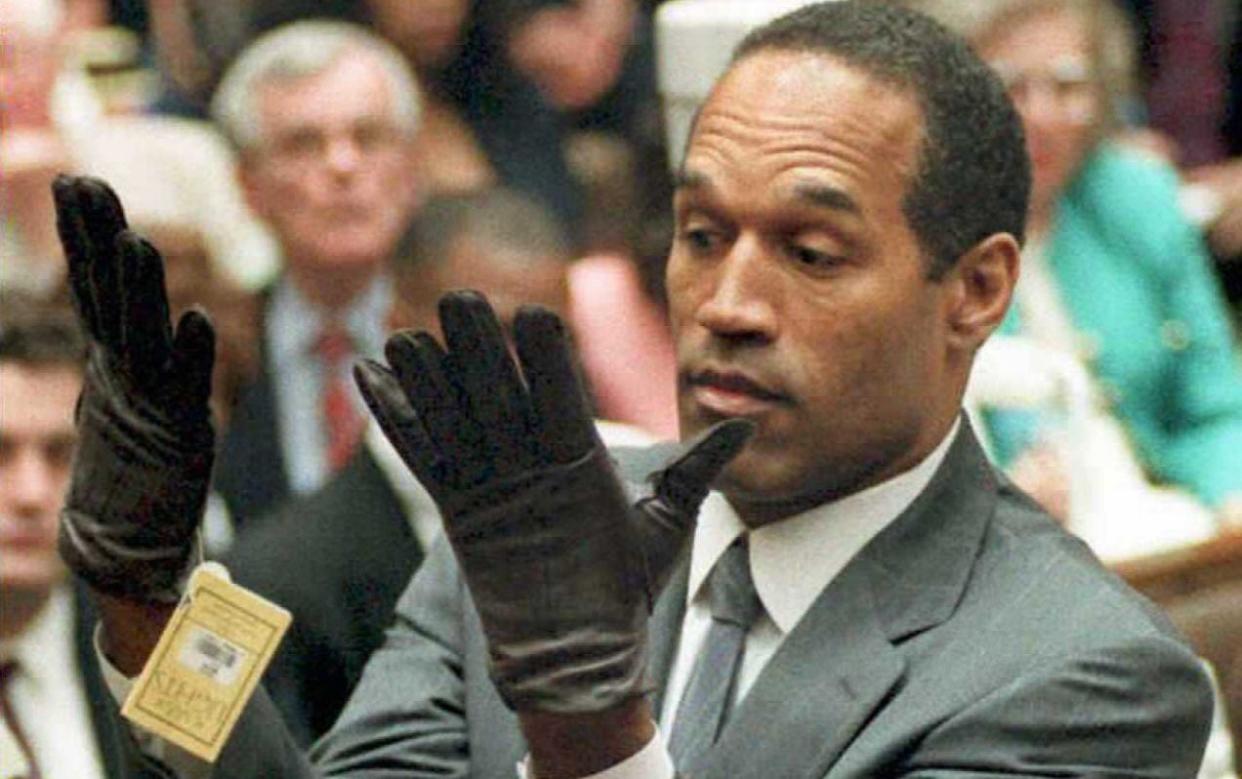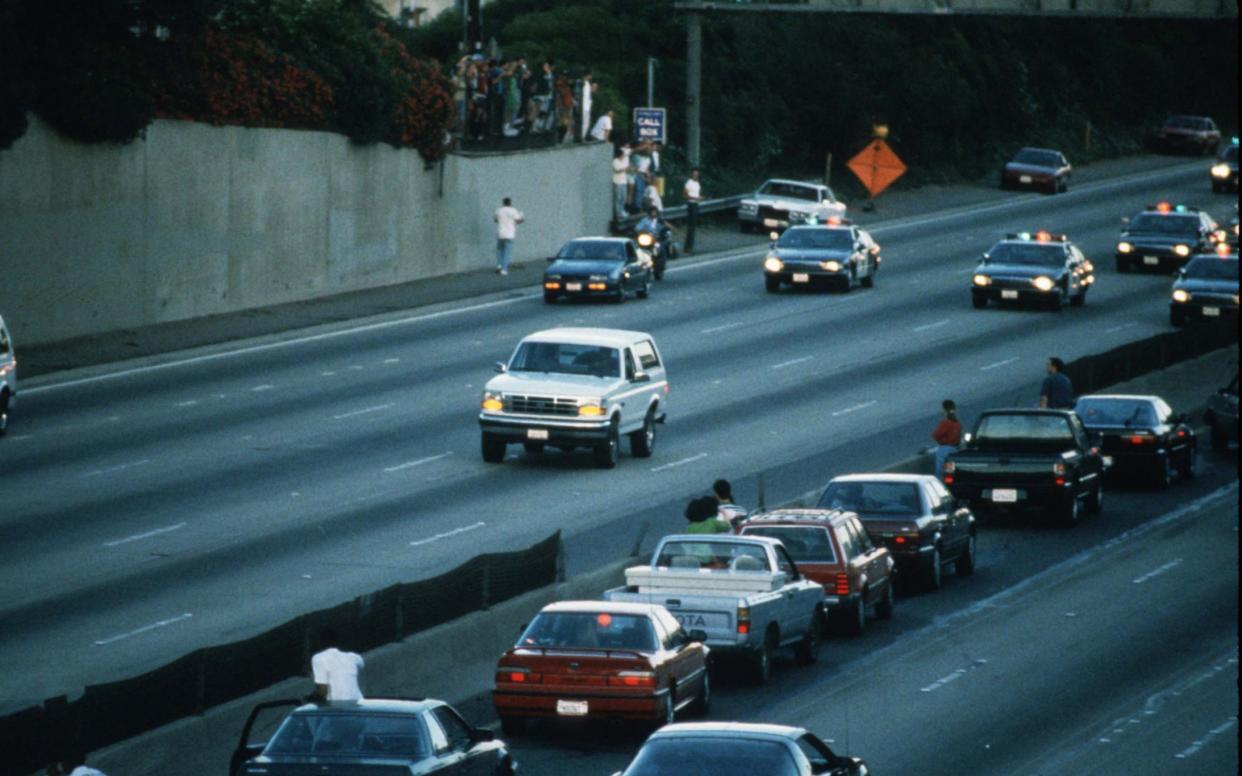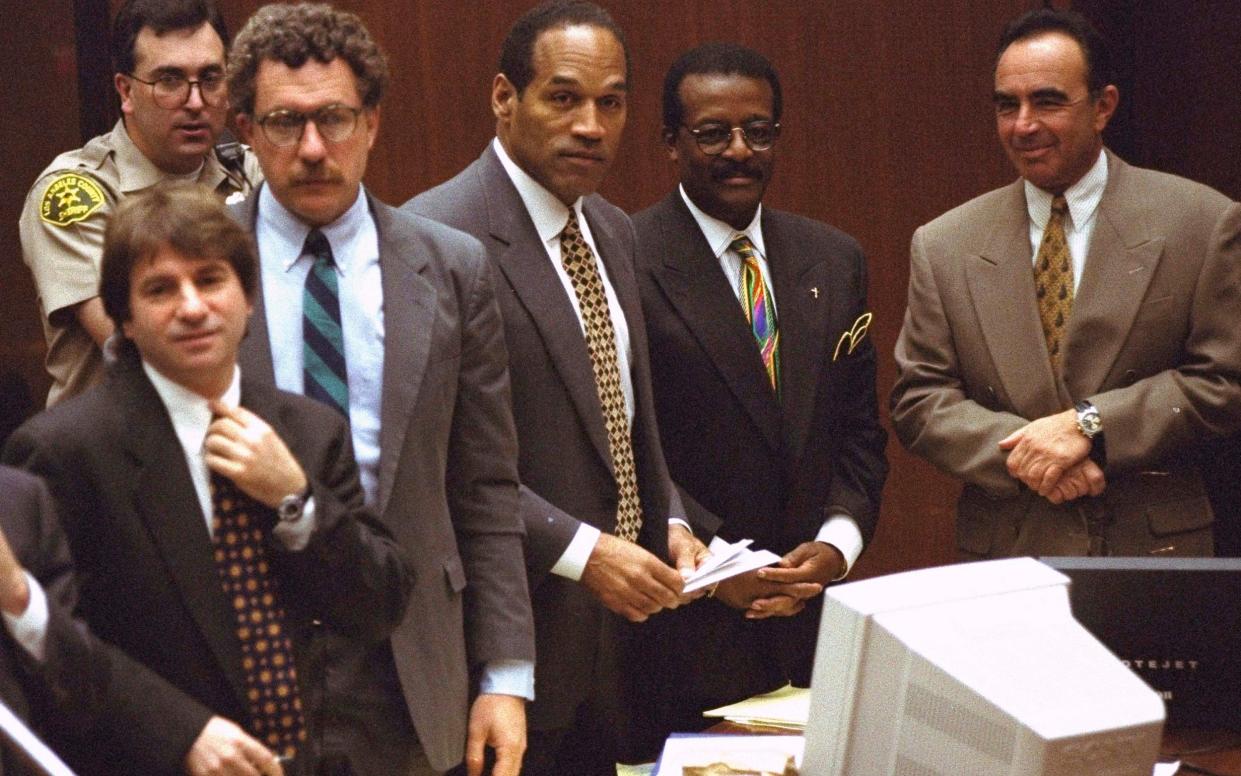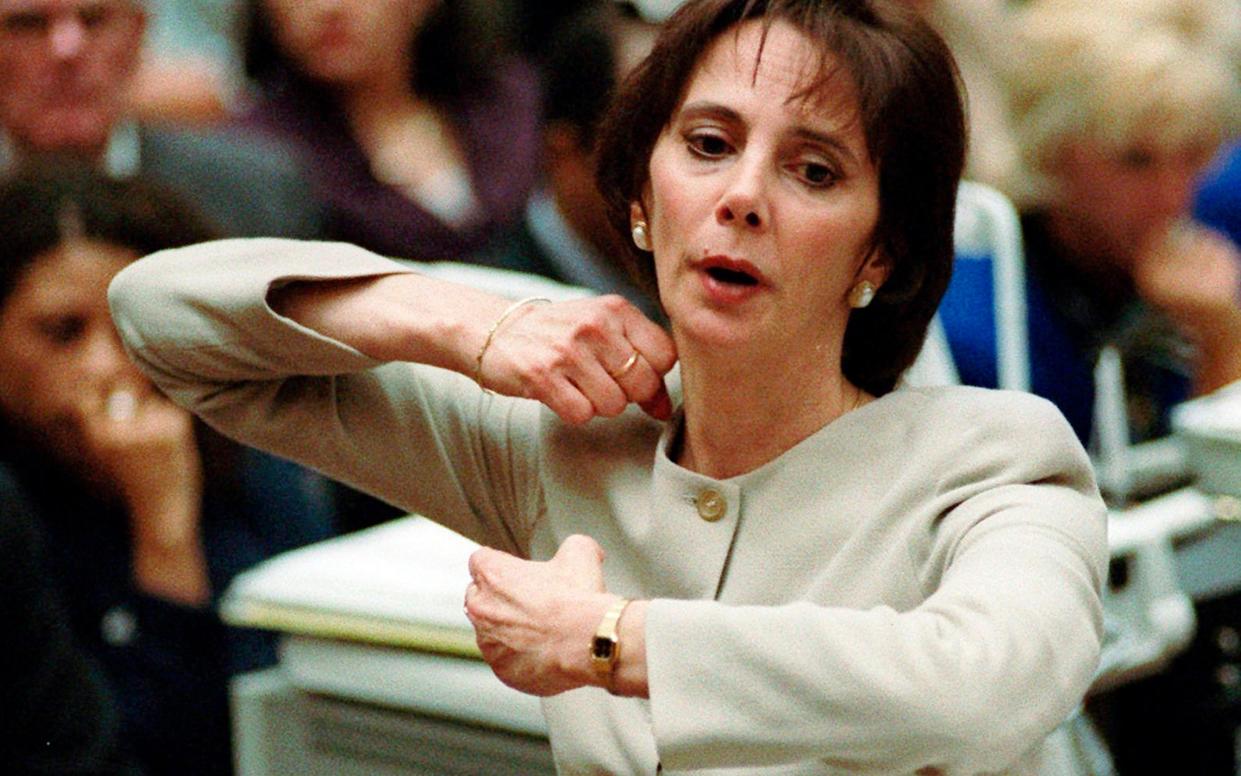How OJ Simpson’s trial transformed the way we consume news

The murders of Nicole Brown Simpson and her friend Ronald Goldman were very shocking to people in Los Angeles. But, at first, it was difficult to explain the story to the rest of the world.
I was writing for The Telegraph and had to explain who OJ Simpson was because, at that time, nobody outside of the US really knew him, apart from American football fans.
I had to say that it was the equivalent of George Best being charged with murder.
Then we had the riveting, slow-speed white Bronco chase broadcast live on television, when the US had been watching the 1994 NBA finals. After that, people in the UK really started paying attention to OJ Simpson and what was going on.

When it came to the trial itself, the first day was a complete circus. There were vendors outside court selling T-shirts, street performers, and hundreds of people waiting around, hoping to get a glimpse of Simpson as he went into court.
The trial has been well documented. Everybody knows the defence team was a very strong one, and came up with the great quote: “If the glove doesn’t fit, you must acquit.”
And, of course, OJ Simpson said it didn’t fit.
The trial spanned nearly a year (11 months, from November 9 1994 to October 3 1995) and it was televised live, which marked a major turning point for media coverage of trials and events moving forward.
As it unfolded, the same journalists were there all day, every day. You went in in the morning, out for your lunch break and back in once more in the afternoon. That was it.
CNN and Court TV covered every aspect of the case, all of it live. Ever since, TV cameras have been a constant in US courtrooms, beaming evidence and witness statements into the homes of millions.

Looking back, I think the TV stations caught on to the sense of the story very quickly. They made it possible for people to tune in at all hours of the day and see what was going on. Before, of course, it wasn’t like that. People watched the morning news, or caught up with bulletins in the evening. Then, all of a sudden, it was non-stop.
It changed how the media functioned, and how we consume the news. The repercussions are still with us now. Just look at the coverage of Donald Trump whenever he is in court.
As a reporter, it was certainly very different to anything I had experienced until that point. Suddenly, you didn’t actually have to be in court – you could watch along remotely and file from wherever you were. I think a lot of journalists did that.
Personally, as a print reporter, one always wanted to be filing the news people were desperate to read. But the TV coverage upended that. People could see the news unfolding on TV instantaneously. By the time the newspaper printed it the following day, it had already been live for hours. It was simply old hat.
I mean, the bars had their TVs tuned into it. People would sit there, watching along. Basketball games would get switched off to turn on the news instead. It became appointment viewing, around the clock. A true landmark moment for American media. Across the nation, everybody was into it. If they hadn’t known who OJ Simpson was before, they certainly did now. And I think the same probably applied in Britain too, and across the world.

People were looking forward to tuning in the next day and seeing what was happening. And because there was so much drama in the trial, you never knew what was going to happen. Marcia Clark, the prosecutor, became a bit of a heroine in her own right. She was suddenly forced into fame, which she hadn’t really expected.
All the participants became like soap opera characters, involved in a huge drama, unfolding in real time.
The trial was being discussed everywhere, on the street, in restaurants. And it was the main topic of conversation for a long time. It led to all sorts of things - comedy sketches about Judge Lance Allan Ito and the like, which wouldn’t have happened if it hadn’t been covered live on TV.
I think there are some parallels between the trial, its coverage, and how social media operates now. But on the other hand, the trial was a long, in-depth process, whereas our feeds are quick and instant. People tune in and back out again, and don’t really stick with the news the way viewers stuck with the OJ Simpson trial. It’s more grab a fact here and grab a fact there, rather than the whole story.
To me, the coverage benefited the audience. It allowed them to make up their own minds about the people involved and the evidence. I think it was a very, very good thing.
But the result shocked people. When he was acquitted, many couldn’t believe what had happened. It was huge, all of it.


